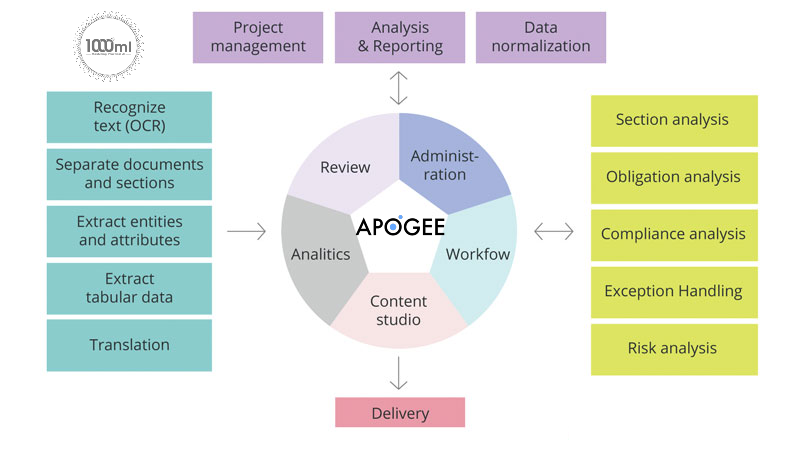Natural Language Understanding (NLU) is a crucial aspect of artificial intelligence that enables computers to understand and interpret human language. However, as NLU researchers note, “one of the major challenges in NLU is the need for context in order to accurately understand text. Without NLU Context Analysis, systems can struggle to accurately interpret the meaning of words and sentences.”
The role of context in understanding language
Context plays a crucial role in understanding language. Words and phrases can have multiple meanings depending on the context in which they are used, and NLU systems need to be able to consider this context in order to accurately interpret the meaning of text.
“Context is a key factor in understanding language,” say NLU researchers. “Without it, NLU systems may struggle to accurately interpret the intended meaning of words and sentences.”
For example, the word “bat” can refer to a baseball bat or a flying animal, and the phrase “take out” can mean to remove or to go on a date. Without context, NLU systems may struggle to determine the intended meaning.
The limitations of NLU without context can also extend to more complex language structures, such as idioms and figurative language. “NLU systems may struggle to understand the meaning of idioms and figurative language without context,” say researchers. “This can lead to misunderstandings and incorrect interpretation of text.”

Techniques for incorporating context in NLU
In order to incorporate context in NLU, there are several techniques that can be used. Syntactic and semantic analysis can help to identify the structure and meaning of words and sentences. Pragmatic and discourse analysis can consider the social and contextual aspects of language use. Anaphora resolution and coreference resolution can identify and resolve references to entities or events within a text.
“These techniques can help NLU systems to better understand the context in which language is used and accurately interpret the meaning of text,” says one of our researchers.
Examining NLU Context Analysis Techniques
As NLP involves various subtopics such as phonology, morphology, syntax, semantics, representation, disambiguation, anaphora resolution, pragmatic and discourse analysis, resources, and tools, let’s explore several of these tools.
Phonology is the study of the sounds of a language, including how they are produced, their physical properties, and how they are used to form words and sentences. It is important for NLU systems to understand phonology in order to correctly recognize words and distinguish between similar sounding words.
Morphology is the study of the structure of words, including how they are formed and how they change in different contexts. NLU systems need to understand morphology in order to identify the root of a word and its grammatical properties.
Syntax is the study of the rules that govern the structure of sentences in a language. NLU systems need to understand syntax in order to accurately parse and interpret sentences.
Semantics is the study of the meaning of words and sentences. NLU systems need to understand semantics in order to accurately interpret the meaning of a text.
Representation is the way in which NLU systems represent language in a machine-readable format. This can include symbolic representation, where language is represented using symbols and rules, or statistical representation, where language is represented using probability models.
Disambiguation is the process of identifying the correct meaning of a word or phrase in context. NLU systems need to be able to disambiguate words in order to accurately understand the meaning of a text.
Anaphora resolution is the process of identifying and resolving references to entities or events within a text. NLU systems need to be able to resolve anaphora in order to accurately understand the meaning of a text.
Pragmatic and discourse analysis are the study of the social and contextual aspects of language use. NLU systems need to understand these aspects in order to accurately interpret the meaning of a text.
Resources and tools are essential for the development and evaluation of NLU systems. These can include annotated datasets, evaluation metrics, and software libraries.
NLU is a complex field that requires a deep understanding of the structure and meaning of human language. By understanding these subtopics, NLU systems can accurately interpret and understand human language, leading to better communication between humans and machines.
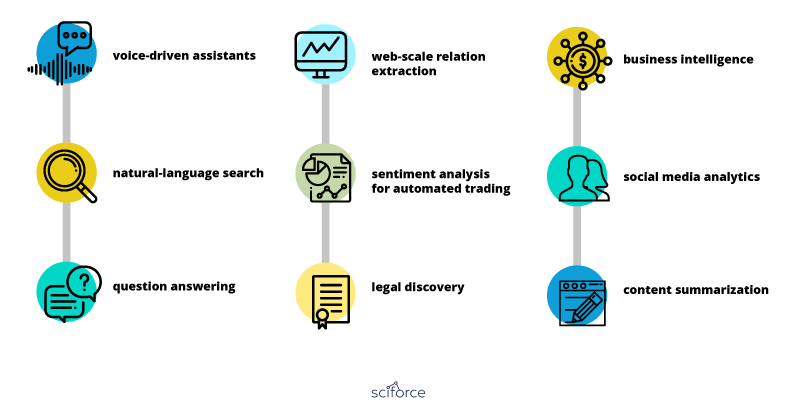
The future of NLU and context
As NLU continues to advance, there is potential for even greater improvements with the incorporation of context. By considering the social and contextual aspects of language, NLU systems can better understand the meaning of text and improve communication between humans and machines.
“The future of NLU is bright, and the incorporation of context will play a vital role in improving the accuracy and effectiveness of these systems,” said a researcher. “With the ongoing development of NLU systems that can effectively incorporate context, we can expect to see significant improvements in artificial intelligence and human-computer interaction.”
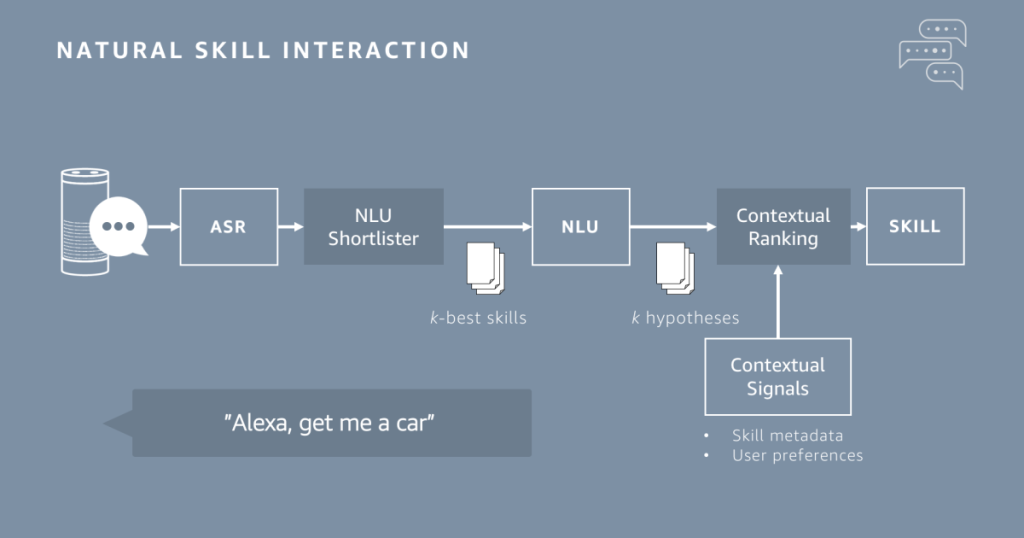
Conclusion
“Context is a crucial aspect of understanding language, and NLU systems that can effectively incorporate it will have a significant advantage in accurately interpreting text,” says Smith. As NLU continues to advance, the incorporation of context will play a vital role in improving communication between humans and machines.
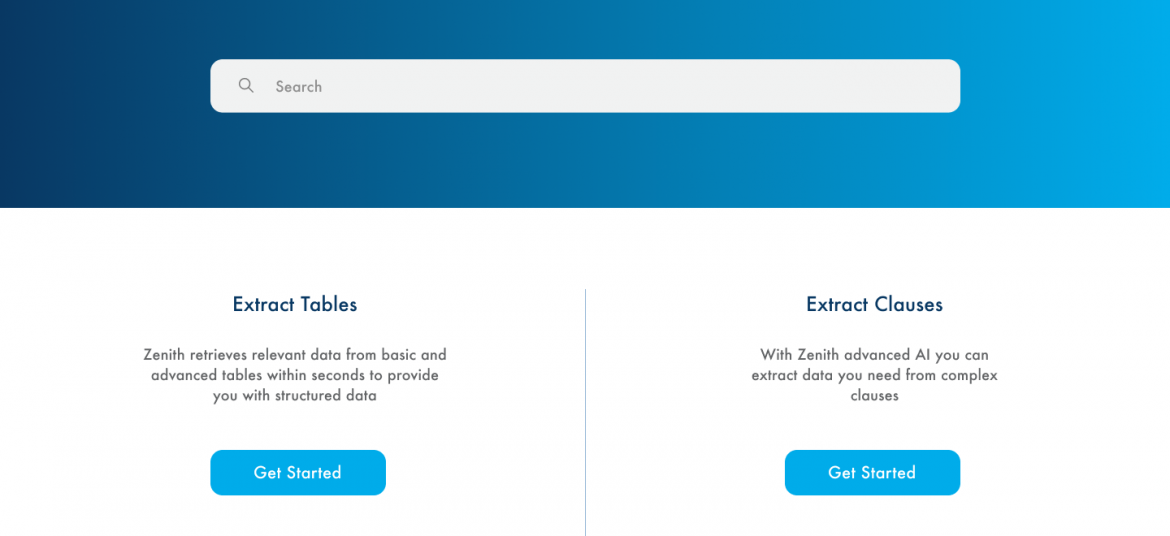
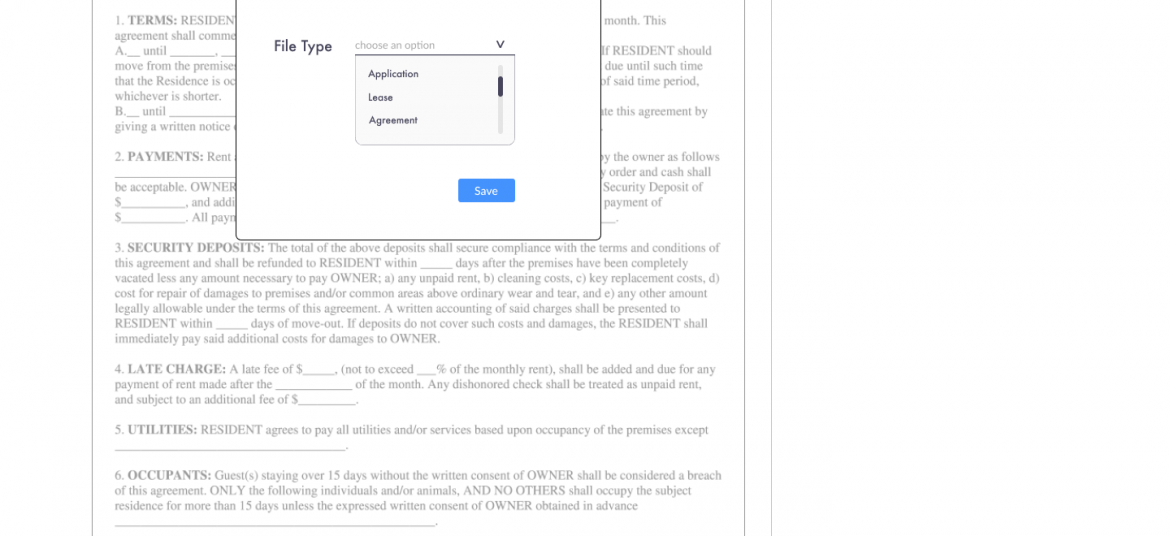
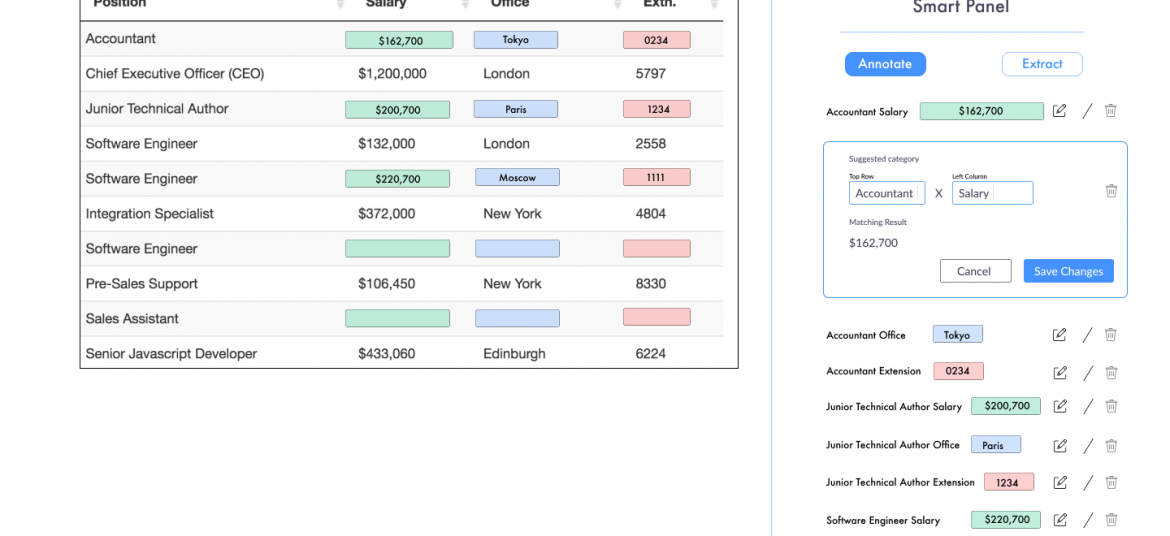
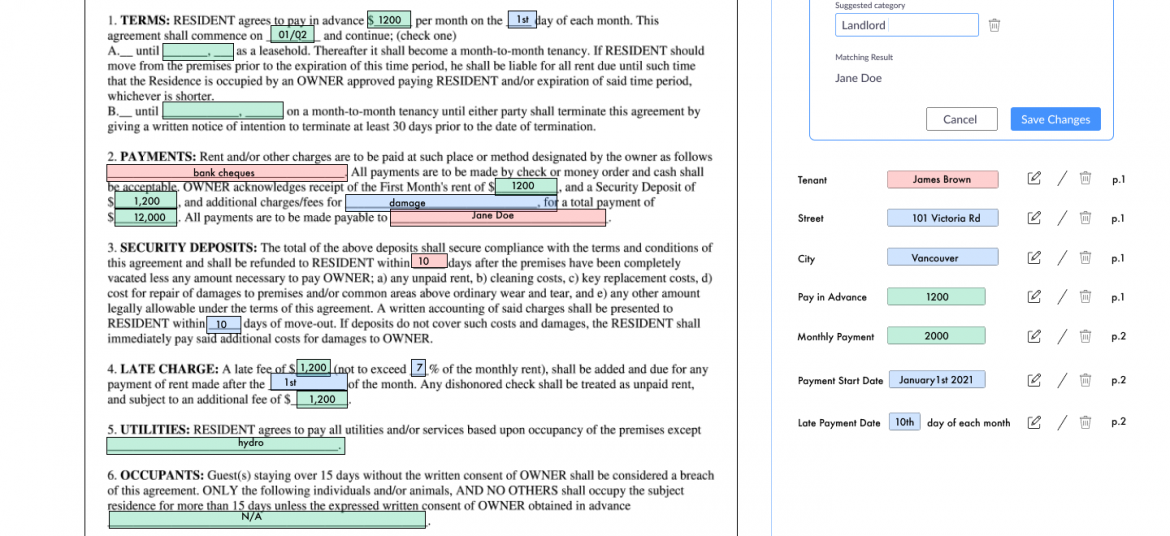
Apogee Suite of NLP and AI tools made by 1000ml has helped Small and Medium Businesses in several industries, large Enterprises and Government Ministries gain an understanding of the Intelligence that exists within their documents, contracts, and generally, any content.
Our toolset – Apogee, Zenith and Mensa work together to allow for:
- Any document, contract and/or content ingested and understood
- Document (Type) Classification
- Content Summarization
- Metadata (or text) Extraction
- Table (and embedded text) Extraction
- Conversational AI (chatbot)
Search, Javascript SDK and API
- Document Intelligence
- Intelligent Document Processing
- ERP NLP Data Augmentation
- Judicial Case Prediction Engine
- Digital Navigation AI
- No-configuration FAQ Bots
- and many more
Check out our next webinar dates below to find out how 1000ml’s tool works with your organization’s systems to create opportunities for Robotic Process Automation (RPA) and automatic, self-learning data pipelines.
